🎤💫 When Babs Stepped Onto the Dancefloor: The Untold Story of The Main Event
The Twelve Inch 192 : The Main Event (Barbra Streisand)
You probably have a few soundtracks you love even though you’ve never seen the film, and never felt the need to. The Main Event is exactly that for me. I know the plot, but I’ve never watched it. The soundtrack, though, has spent plenty of time on my turntable. I was obsessed with the title track by Barbra Streisand, especially since the album includes the full 11-minute-40-second version, breakdowns, builds, and all.
The Main Event is classic 1979 Hi-NRG disco and one of Bob Esty’s finest productions. Esty, one of the true greats of the genre, teamed up with writers Bruce Roberts and Paul Jabara to create the LGBTQ+ powerhouse behind Barbra’s move onto the disco floor. That shift gave her two major hits: “The Main Event” and, later that same year, the duet with Donna Summer, “No More Tears (Enough Is Enough).”
Barbra scored six No. 1s on the Billboard Hot 100 during her career, and only seven other songs even made the U.S. Top 10. She never had a No. 2 hit, but she did have two No. 3s, one of them being The Main Event. So we’re not talking about an overlooked flop. The song was a success. And yet… it’s barely remembered today.
Why did it fade from view? Was it “too” disco, too gay-club coded, for mainstream memory? Did Barbra get caught in the post–Disco Demolition backlash? And what did this disco chapter mean for her career as she moved into the Guilty era and “Woman in Love,” arguably her most successful period?
Time to dust this one off and bring it back into the spotlight. Grab your boxing gloves, let’s step into the ring.
👋 Welcome, I’m Pe Dupre, thanks for stopping by.
This is The Twelve Inch, my newsletter about the history of dance music from 1975 to 1995, told one twelve-inch record at a time.
If this landed in your inbox because a friend forwarded it, I’d love for you to subscribe so you don’t miss the weekly episodes. Each one dives into a track, its story, and the culture around it.
And if you’re already enjoying the free posts, would you consider becoming a paid subscriber? Your support helps me keep researching, writing, and unearthing the stories behind the music.
🎬🌟 Barbra Before the Beat: A Career Already Larger Than Life
By 1979, Barbra Streisand didn’t need disco. She didn’t even need pop. She was already, without exaggeration, one of the most versatile and decorated American performers alive. By then she had 2 Oscars, 1 Emmy, 6 Grammys, and 7 Golden Globes to her name. Today she’s regarded as one of the most successful recording artists of all time, with more than 150 million albums sold, many of them long before this week’s central song.
And through it all, one thing never changed: Barbra was always in control. Her voice, her image, her production, her narrative. As she wrote in her biography, “I never went into the studio with idea I have to record a hit. Off course I was happy if a song went to number 1 but that wasn’t my motivation”
So when disco was taking over America, Barbra observed from a curious distance. She was interested, absolutely, but she recognised the genre’s volatility and its meteoric rise. She also didn’t feel pressured to jump in, she already enjoyed enormous success and full creative autonomy. And she understood the technical constraints: disco demanded precision; you had to stay right on the beat. When she first met Donna Summer, she even asked, “Is It All right when I sometimes go off the beat?” to which Donna famously replied, “You are Barbra Streisand and you ask Me how to sing?” 😁 It broke the ice between them, but it also revealed how Barbra admired disco while feeling she didn’t entirely fit its mould.
By 1978, however, the disco craze was reaching its peak and everyone wanted in. So when Barbra was considering a ballad as the lead song for her new film The Main Event, her partner Jon Peters, nudged along by her son Jason, persuaded her to go for a disco track instead.
🎶✨ Enter the Guides: Bruce Roberts, Bob Esty & Paul Jabara
The two disco singles were crafted by a golden trio, key movers and shakers in the late-’70s disco emporium. Bruce Roberts had launched his own recording career with a 1977 album, but he truly made his mark as a songwriter for others, penning hits for Jeffrey Osborne, Whitney Houston, Laura Branigan, Donna Summer, and the Pointer Sisters.
The second member of the trio was Paul Jabara, also a recording artist on Casablanca Records and a gifted songwriter who had already written “Last Dance” for Donna Summer and would later deliver classics like “It’s Raining Men” for The Weather Girls. He lived for the theatricality of disco.
But the most important member of the trio was:
🎛 Bob Esty — The Secret Disco Weapon
We’ve already met Bob in the episode on Cher’s “Take Me Home.” He was one of Casablanca Records’ go-to producers. Born in Springfield, Massachusetts on April 20, 1947, Esty grew up surrounded by music, playing the organ in his family’s church before studying theater and music in college. His path took him from New York’s music and theater world to Los Angeles, where he emerged as one of the defining producers of the disco era.
Beyond Cher and Barbra Streisand, he worked extensively with Donna Summer—arranging one of my all-time favourite disco albums, “Once Upon a Time” (see Andres Vital Records episode). He arranged “Last Dance” and even oversaw the Beach Boys’ brief venture into disco with “Here Comes the Night.” He was also behind Andy Williams’ “Love Story,”among many other Casablanca releases.
Bob Esty’s signature blend of theatricality, lush orchestrations, and dynamic, expansive arrangements set a new benchmark for disco production. His ability to elevate both the artist and the song made him one of the true architects of classic disco. Once you become familiar with his work, you recognise his touch instantly. I’m a huge fan of his style, the long intros, the dramatic breaks, the soaring strings. Those were exactly the elements that hooked me the first time I heard The Main Event.
💃 Was The Main Event Her First Foray Into Disco?
Not exactly.
You might not expect it, but there was a clear build-up in Barbra’s career leading to her two disco singles in 1979. It really began with her 1975 album Lazy Afternoon, where she recorded a cover of the 1966 Four Tops hit “Shake Me, Wake Me (When It’s Over).” When the album came out, the track caught the attention of influential New York DJ Nicky Siano. In response, the label issued a longer promotional twelve-inch version, one of CBS’s first, which became the single’s B-side. The song appeared on several DJ playlists, though it didn’t make the dance charts, which at the time were usually limited to a top 15 and missed plenty of “runner-up” tracks.
With “Shake Me, Wake Me (When It’s Over),” Barbra delivered an almost Philly-sounding dance gem that sat right on the edge of the coming disco boom. But the track didn’t chart, and neither did any song from the album, so it didn’t exactly set a clear new direction. Still, she kept experimenting. Her massively successful 1976 A Star Is Born soundtrack included “Queen Bee.” Too slow for disco, but the texture was there. Then came “Love Breakdown” on her 1978 album Songbird, danceable, though it probably needed a proper remix to make it truly club-ready. And by 1978, disco had already evolved.
The Main Event/Fight was her first purpose-built disco single.
It was the first time she stepped fully onto the dancefloor with a clear intention: to make people move.
🤔 Was She Immediately Convinced? Absolutely Not.
In her biography “My Name is Barbra” she recounts how The Main Event came together, a film she made with Ryan O’Neal. After A Star Is Born, she wasn’t actively looking for another movie, but several director friends, including Sydney Pollack, encouraged her to stay in the game. François Truffaut famously told her, “So every picture might not be great, but at the end of your career you have a body of work… some good, some not so good. But you have to keep working. You can’t wait for something perfect.” She also still owed one film on her three-picture deal with First Artists. Enter The Main Event: the story of a sophisticated businesswoman who ends up managing a street-smart boxer. Not her finest film, but not a failure either, it became a respectable hit and finished in the Top 20 at the 1979 box office.
Paul Jabara had been a devoted Streisand fan since his teens and was desperate to write a song for her. When he heard that Jon Peters, Barbra’s boyfriend and producer of the movie, was looking for a theme song, he and Bruce Roberts wrote one. But Streisand hated it. Instead, she asked Alan and Marilyn Bergman, the legendary team behind “The Way We Were,” along with David Shire, to write a ballad. Jon Peters wasn’t convinced. He believed the film needed an upbeat theme to match its comedic tone and eventually persuaded Barbra to give the disco demo another listen. Meanwhile, Jabara’s “Last Dance” won the Oscar for Best Original Song, which certainly didn’t hurt his chances of getting another shot at The Main Event.
Jabara later explained his original idea: “My image for the title - The Main Event - was that it was the Main Thing - a celebration. I wasn’t thinking of the fighting part. I started with the words ‘Extra! Extra!’ I heard her voice enunciating those two words, and I felt they would draw immediate attention to her.”
When asked about what happened next, Bob Esty recalled: “Barbra initially was against it because she didn’t want to sing a song in this movie. But Jason [Gould, Barbra’s son] liked “Last Dance” and “Take Me Home” and talked her into doing the song with me and Paul.”
“But, basically, at first, I didn’t want to do this because I just finished producing disco songs for Andy Williams and the Beach Boys and I didn’t feel “Main Event” lent itself to a disco arrangement. But I worked with Paul in his apartment and came up with ideas and the format of the song. I worked on it on piano and did the chord changes and everything else. And Paul really wanted to work with Barbra because that was his goal in life! “
Esty vividly remembered their first meeting: “We met Barbra on the hottest day of August at her Malibu ranch, dripping wet with sweat. Paul, Bruce Roberts and I in a convertible. So, I was the Baltimore boy with sunburn while the other guys were tanned. I really didn’t want to go.
The first thing I saw when we got to the ranch was Barbra in a schmatta and no make-up. But looking great and so friendly and gracious!”
📈 Chart Results: A Hit, But a Curious One
The song really only connected in North America. It reached No. 5 on Canada’s pop chart and No. 3 on the Billboard Hot 100. Interestingly, it performed even better on the Adult Contemporary charts, No. 2 in the U.S. and No. 1 in Canada. Add its No. 13 peak on the Billboard Disco Action chart, and you’ve basically covered its entire chart life. Outside the U.S., the single went nowhere. No radio interest, no club impact, surprisingly so for a disco track tied to a major film.
In a way, the song outperformed the movie in the U.S. and Canada, but everywhere else the reverse was true. Not that The Main Event was a major European hit, it just managed to reach cinemas, which is more than the single managed internationally.
CBS did press a twelve-inch, but only as a promo. Since the full extended version was already on the soundtrack, they didn’t bother issuing a commercial twelve-inch, and no alternate mixes were commissioned.
One of the strangest things I found while researching the song is how abruptly its chart presence ended. Almost foreshadowing its status as a forgotten single, it proved to have very little staying power. It dropped out of the Top 40 in its 17th week on the Hot 100, and a week later it disappeared from the chart entirely. Airplay followed the same steep decline.
The timing explains a lot. The Main Event was a hit in late spring 1979, right before the Disco Demolition backlash exploded in Chicago. As I’ve pointed out before, that moment had a chilling effect on many disco hits & disco artists who happened to have hits at the time. Barbra was no exception.
🎭 What Happened to Barbra Afterwards?
Or was she?
Because if anything, after The Main Event and “No More Tears,” Barbra entered one of the most successful periods of her entire career. Her film career delivered another major hit with Yentl, which she wrote, directed, produced, and starred in.
But it was her music career that truly took off. In 1980 she scored a worldwide No. 1 with “Woman in Love” and the Guilty album. And this surge might never have happened without the disco singles of 1979.
With The Main Event reaching No. 3 and her Donna Summer duet “No More Tears (Enough Is Enough)” hitting No. 1, her manager Charles Koppelman encouraged her to stay on that path. In later interviews, Bob Esty even hinted that Barbra briefly considered making an entire dance album. It’s a fun piece of alternate history, but probably not very likely, even if the disco backlash hadn’t happened. We already know Barbra never saw herself as a “natural fit” for dance music. A theme song or a duet? Yes. But a full-on disco album? Much harder to imagine.
Koppelman interpreted “stay on this path” differently: he suggested pairing her with Barry Gibb. The Bee Gees had just come off their peak with Saturday Night Fever but were also being unfairly targeted as the face of disco by its detractors, and the backlash hit them hard. They stepped back from the spotlight, which opened the door for Barry Gibb’s extraordinarily successful songwriting and production run in the 1980s. And his first major project of that era was Barbra’s Guilty.
In that sense, the collapse of disco, and the Bee Gees’ retreat from the stage, helped create the conditions for Barbra’s next huge chapter. She may actually be the only artist who benefited from the disco backlash, despite having recorded disco herself.
So the fascinating “what if?” remains: Would the Guilty album have happened without the disco backlash?
I’d argue there’s a strong case to say: no, it wouldn’t.
🎧 Did She Make Other Dance Songs, or Were Songs Remixed?
Again, it’s not a black-or-white story. The short answer is, of course: no. She didn’t follow up with more dance tracks right away, which isn’t surprising now that we know she never felt it was necessary, nor was she focused on chasing hit singles in the first place.
And with the massive success of the Guilty album, there was no real incentive to pivot toward dance music. Still, Guilty does include “Promises,” which CBS issued as a promo twelve-inch in a longer version. Not dance music per se, but certainly danceable, very much in line with the dance-influenced material she’d flirted with before 1979.
The interesting twist is that Barbra eventually did embrace the early-2000s trend of major artists commissioning remixes, but later than most of her peers. It was on her second collaboration with Barry Gibb, the 2005 album Guilty Pleasures (marking the 25th anniversary of their first), that she released her first official remix: Love to Infinity’s version of “Night of My Life.”
Since then, more Barbra tracks have found their way into the hands of remixers like Dave Audé, bringing her, at least indirectly, back onto the dancefloor.
🙋♀️ So Why Is The Main Event Forgotten Today?
A perfect storm of reasons:
It lives in the shadow of Enough Is Enough
It was tied to a film that didn’t become a classic
Barbra initially never revisited it live
It came right before the disco backlash
It’s not included in most best-ofs
It wasn’t reissued in extended formats during the CD remix boom of the 1990s
And yet, it remains one of the most fascinating moments in her career:
Barbra Streisand, stepping into a mirrored dance studio, surrounded by disco’s finest talents, embracing a genre she wasn’t sure she trusted, and succeeding wildly.
💥🥊 Your Turn: Step Into the Ring…
Do you remember The Main Event/Fight?
Did you own the 12-inch/soundtrack ?
Did you dance to it?
Do you think it deserves a place among Barbra’s essential tracks—or is it rightly forgotten?
Share your memories, your stories, or your rediscovery below.
Further reading (or should I say watching)
There are a number of interesting video’s/links :
There’s no official video for the song but this one comes close
Much later she would do the song live and what a performance !
So You Wanna Hear More ?
I thought you would !
It’s fun to write about music but let’s be honest. Music is made to listen to.
Every week, together with this newsletter, I release a 1 hour beatmix on Mixcloud and Soundcloud. I start with the discussed twelve inch and follow up with 10/15 songs from the same timeframe/genre. The ideal soundtrack for…. Well whatever you like to do when you listen to dance music.
Listen to the Soundtrack of this week’s post on MIXCLOUD
Or on Youtube :
So what’s in this week’s mix ?
In this week’s mixtape, I gave Barbra’s “The Main Event” the space to build properly before blending it into what I still think is the best moment of her second 1979 disco smash with Donna Summer: “No More Tears (Enough Is Enough).”
From there, the duo hands things over to Dolores Hall’s “Snapshot”, and then I dive head-first into some well-deserved Eurodisco 😁 with Claude François and “Magnolias For Ever.”
This week’s set moves between American and European disco, but one thing is unmistakable: we’re deep in Hi-NRG gay-disco territory. And yes—if even Bryan Adams and his disco track made the cut, you know I threw all boundaries out the window when putting this one together.
Enjoy! 🎶
Speaking of Hi-NRG, next week I’ll dive into the story behind the track that was literally called “High Energy,” yet supposedly had nothing to do with the dance-music genre. Or… did it?


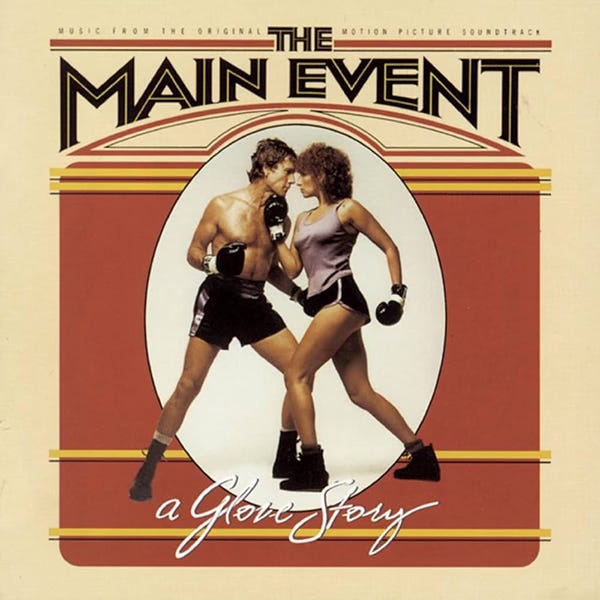
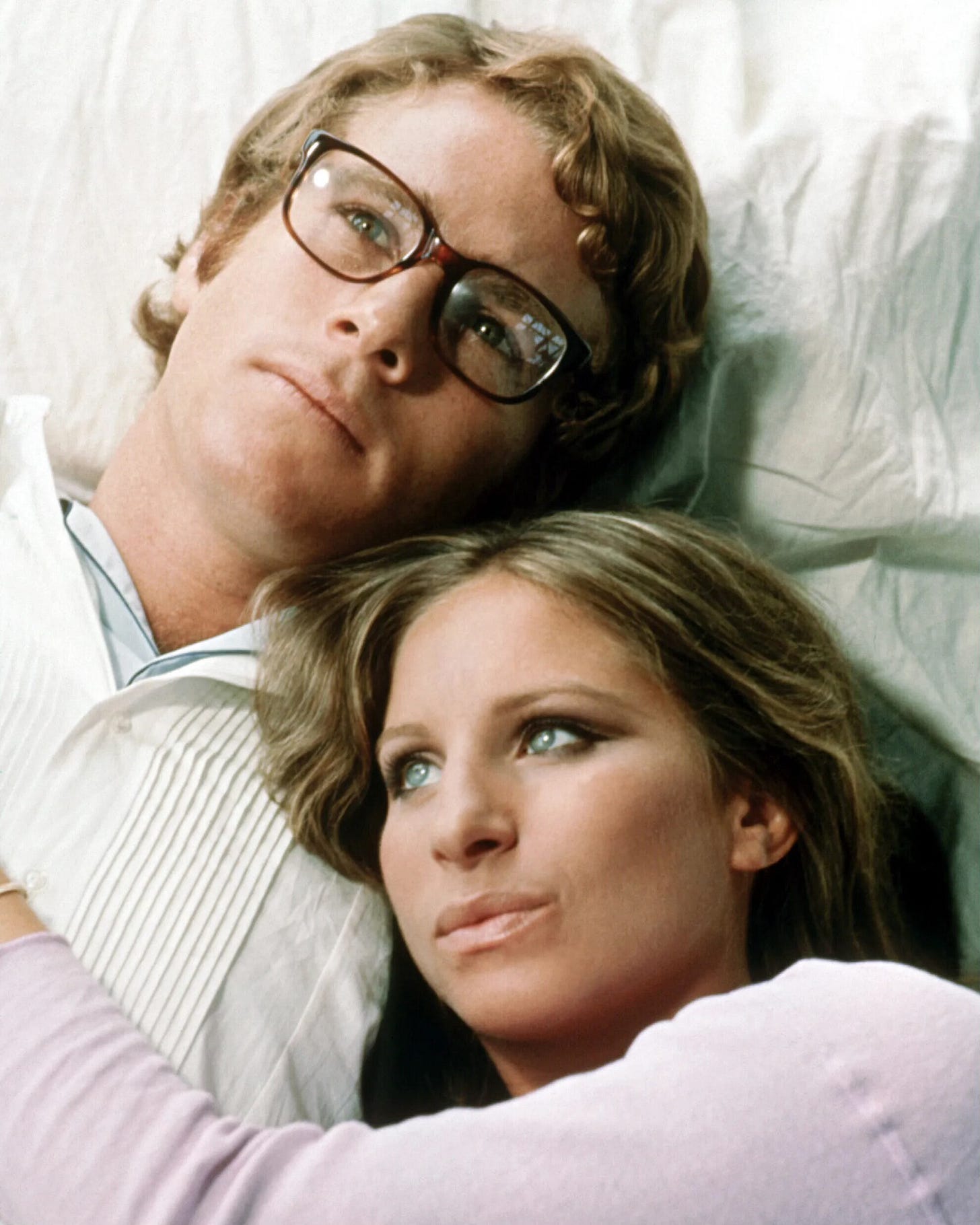
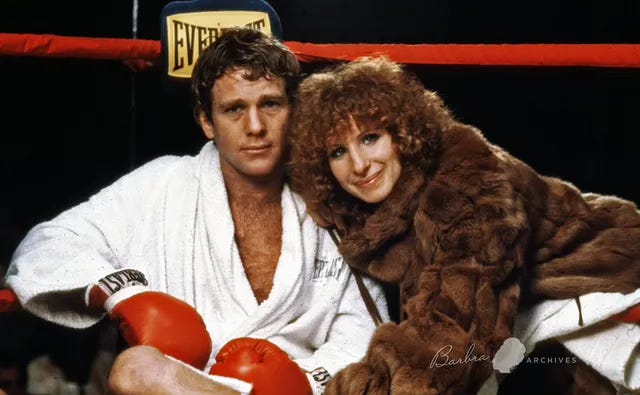
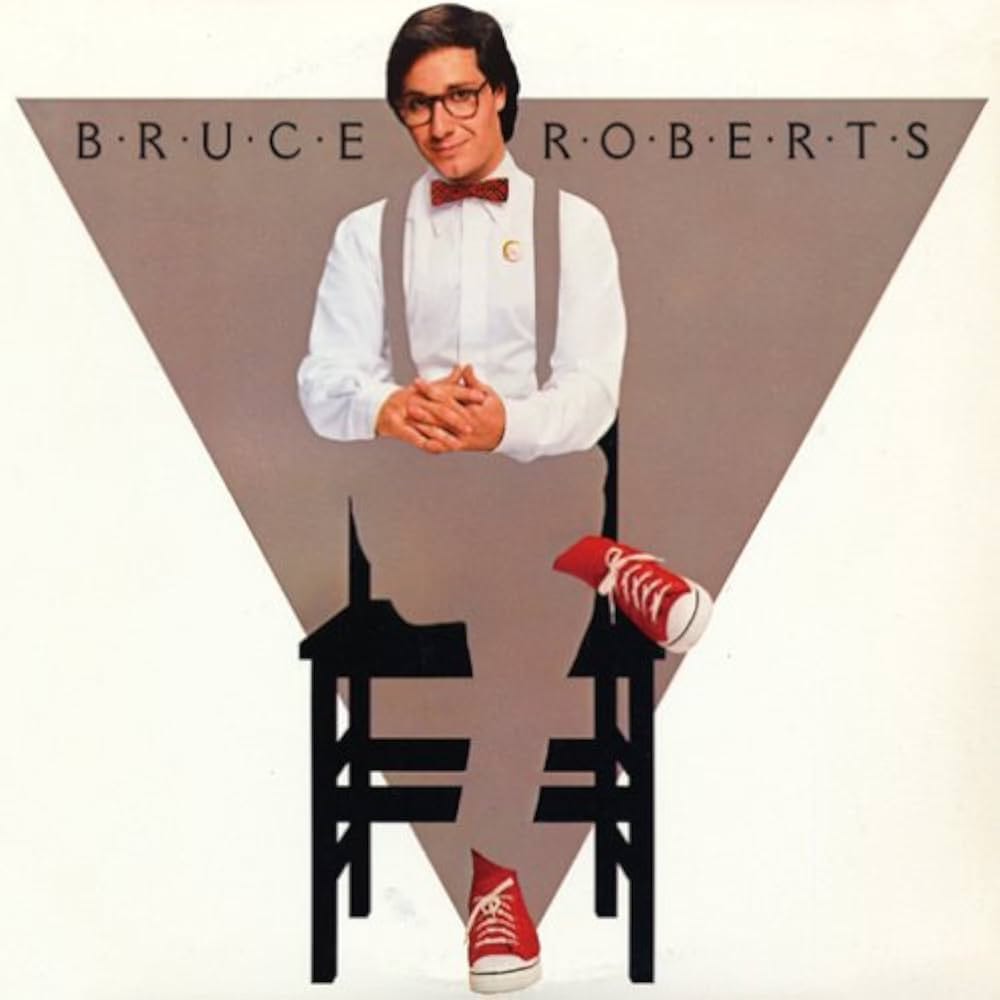
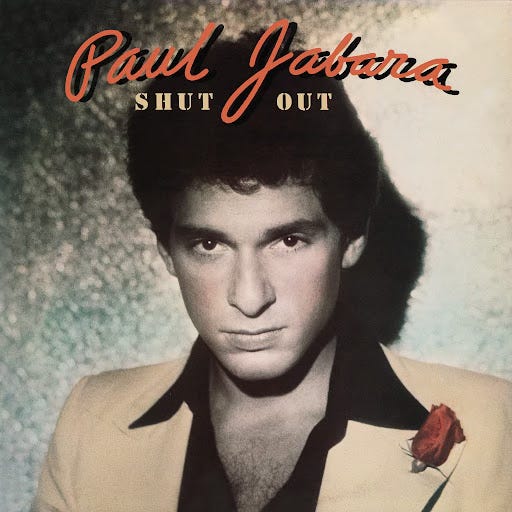


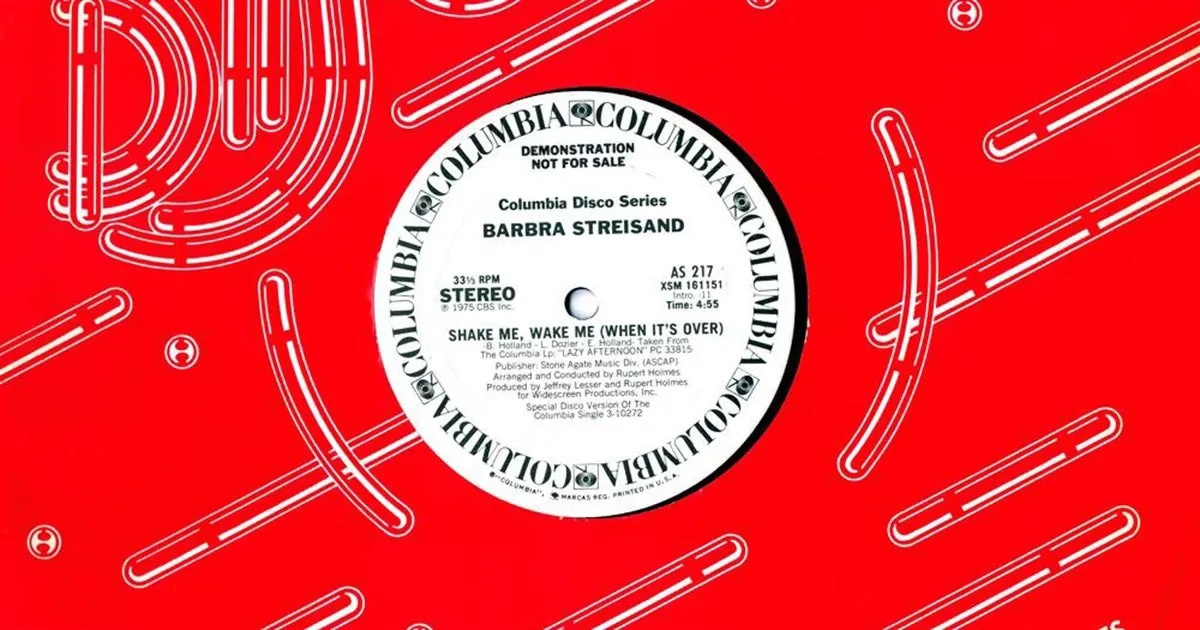
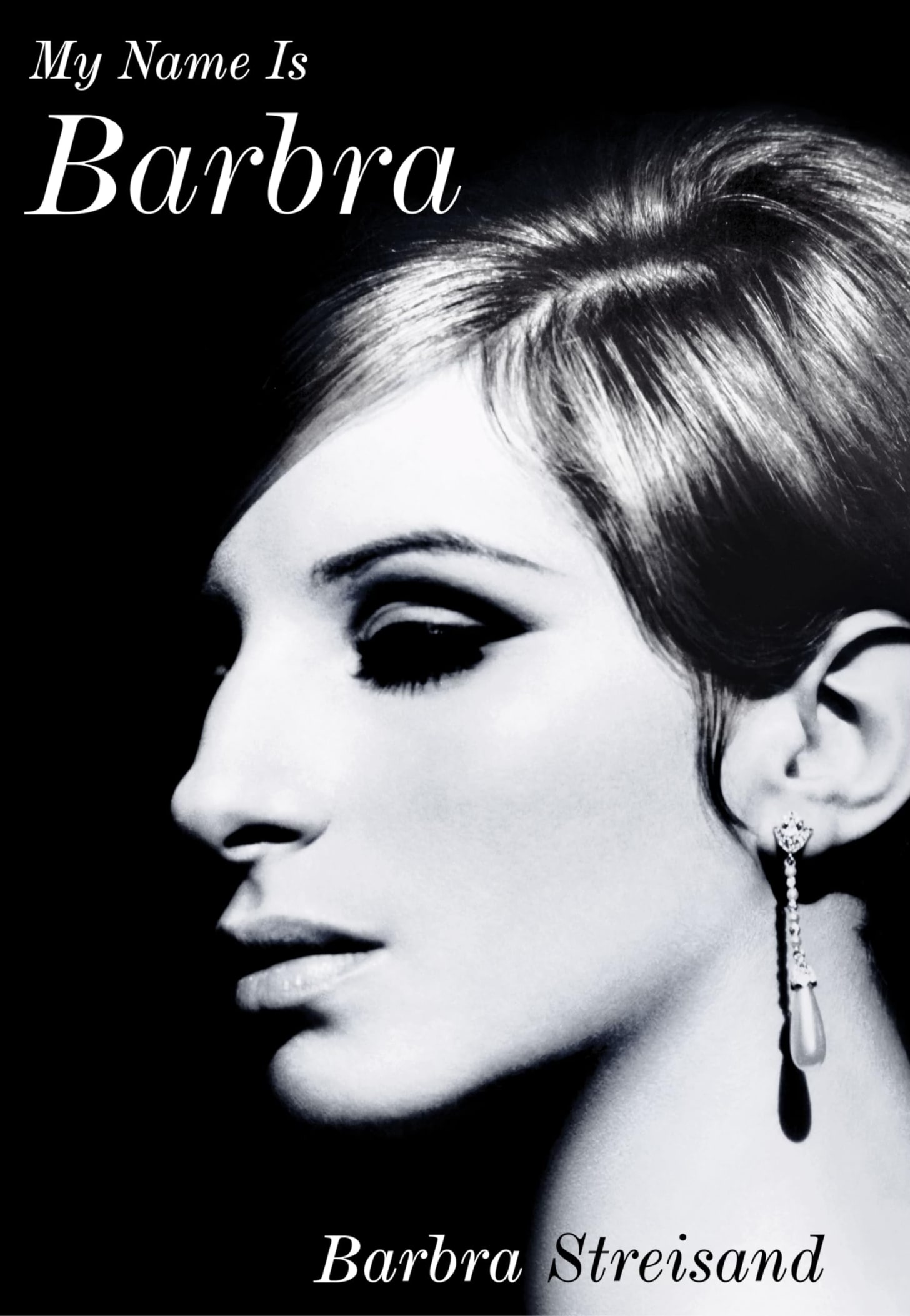
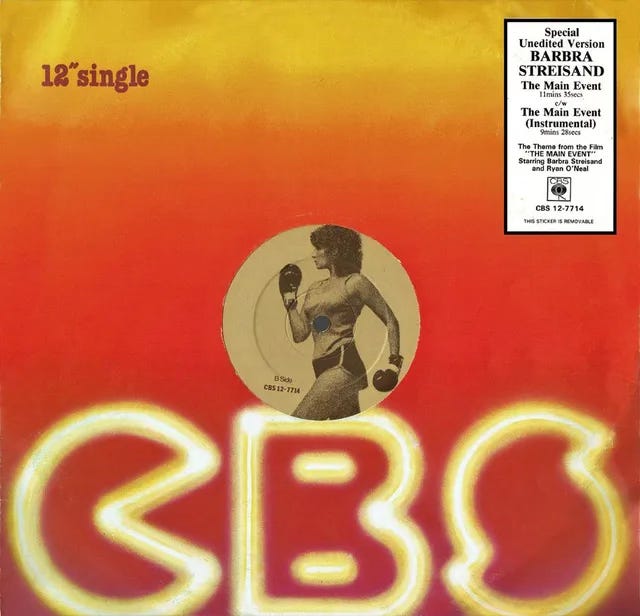
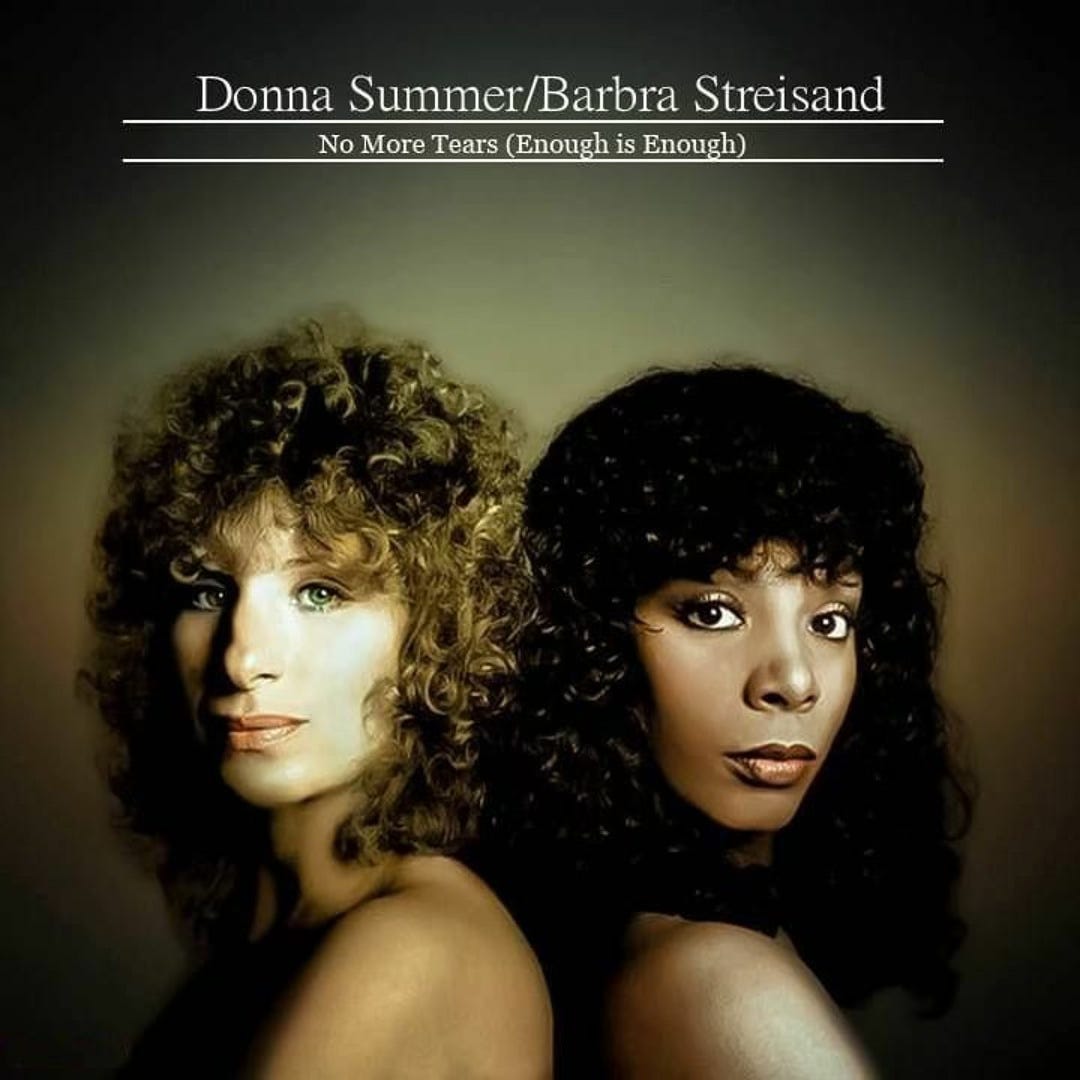
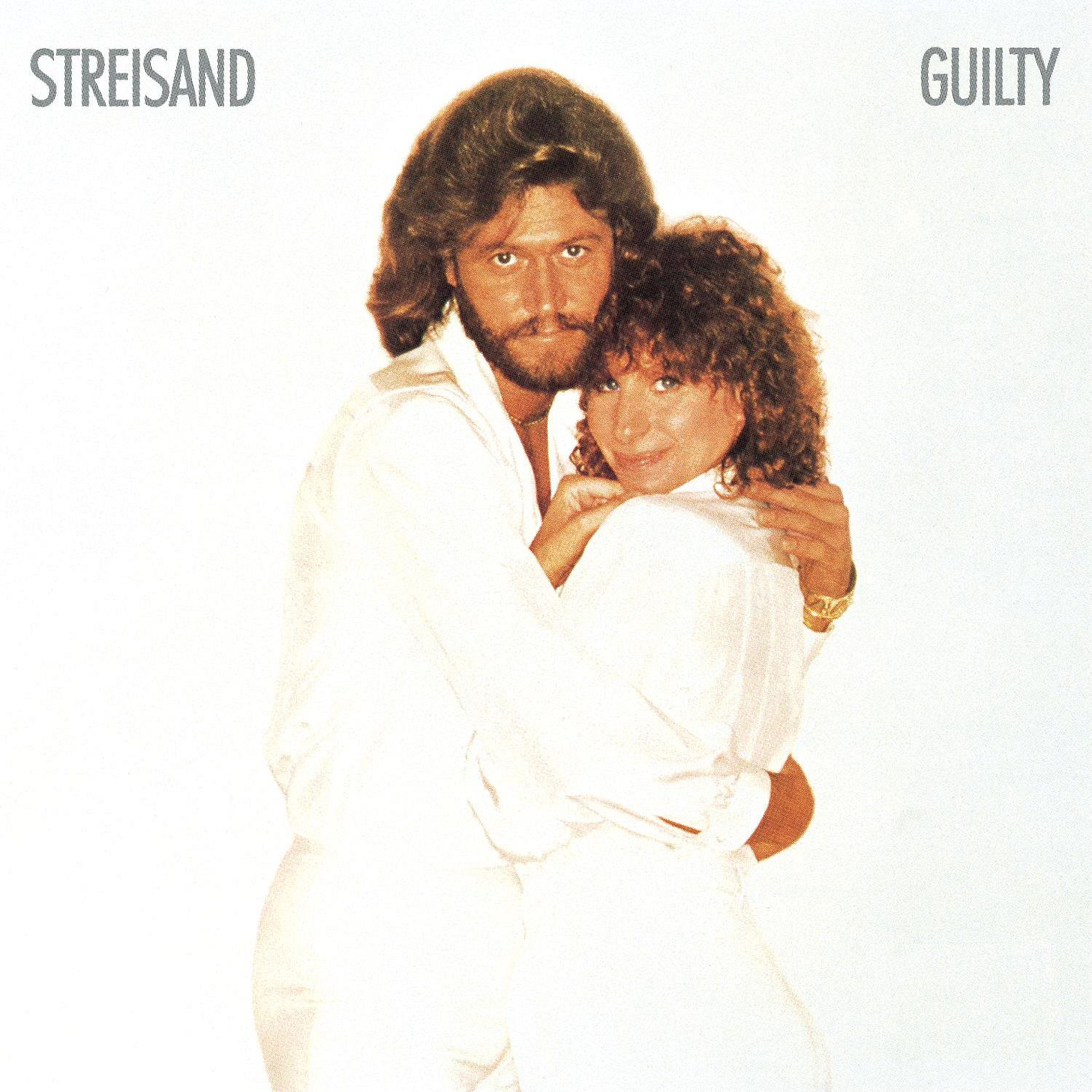
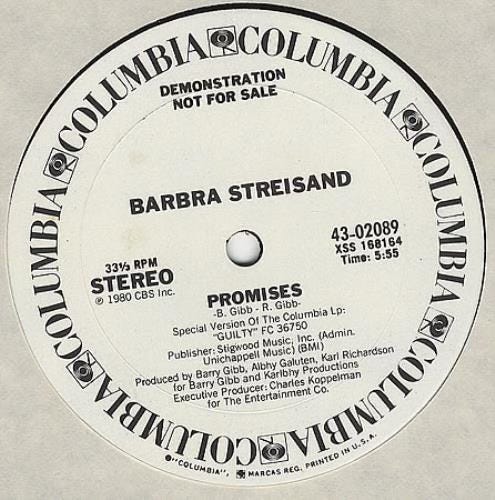
Wonderful piece, Pe. I grew up in a Streisand-soundtracked home and definitely remember The Main Event. Of course Yentl and A Star is Born and her other records probably were played a lot more often, but as I was 12 in ‘79, this one came out at a time when I was developing my tastes in a more conscious way. I need to check my collection to see if I have this soundtrack — as you will learn in my response to Andy’s 11 questions Sunshine prompt, I inherited about 20 Babs records. I did click on the live version that you linked to and loved seeing her perform it in concert. I kept thinking while watching it that she must be hot wearing that heavy dress and giant coat under all those lights!
Loved learning the history behind the making of this song, and the evidence as to why it dropped off the charts and public consciousness so quickly. Your reasoning makes sense to me. I think Streisand fans are also a lot more openminded, and would love anything she did, whereas a rock band would have gotten more backlash for moving in a disco direction at the time.
Amazing Pe. I remember the movie and the song. Really most of this. The backstory on the song was really incredible.